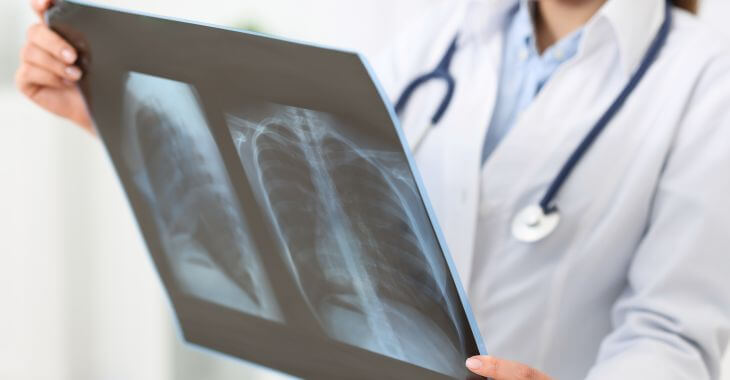Detecting and Monitoring Osteoporosis Through Bone Density Scans
Osteoporosis is a common bone disease which can affect anyone, regardless of age, sex or lifestyle. While it’s commonly thought of as a condition linked to older women, the highest risk group, it can occur in almost anyone. Other known risks factors include genetics, medications, body weight and bone structure. People with this disease are more prone to bone fractures and other medical issues, making it important for those with risk factors to detect and treat osteoporosis as soon as possible.
Osteoporosis Diagnosis With Bone Density Scans
For individuals who have risk factors for osteoporosis, early detection is the best option to begin treatment. The best way to detect this disease is through a bone density scan or test, which measures the levels of density in the bones. This is also referred to as a bone densitometry procedure, performed by some experienced radiology clinics.
The procedure is quick and painless, very similar to experiencing an x-ray. The test uses less radiation than an x-ray and can determine the mineral levels present in the bones, helping to diagnose the possibility of osteoporosis. This test is also used to monitor osteoporosis, and to determine how effective treatments are in preventing further bone loss.
There are many treatment options available for those with osteoporosis which can be effective in slowing progression of the disease. Bone density scans are the best way to catch osteoporosis in its early stages, before it leads to disabling fractures and other problems. For anyone who has a history of osteoporosis in their family or is in any of the high risk groups for this disease, bone density testing aid in early detection and prompt treatment.
Posted on behalf of:
Diagnostic Radiology Ultrasound & Breast Center, P.C.
Mount Vernon Medical Center
755 Mount Vernon Highway Northeast #310
Atlanta, GA 30328
(404) 252-3430
The information provided on this website, including text, graphics, images, and other materials, is intended solely for informational purposes and should not be used as a substitute for professional medical advice, diagnosis, or treatment.

)